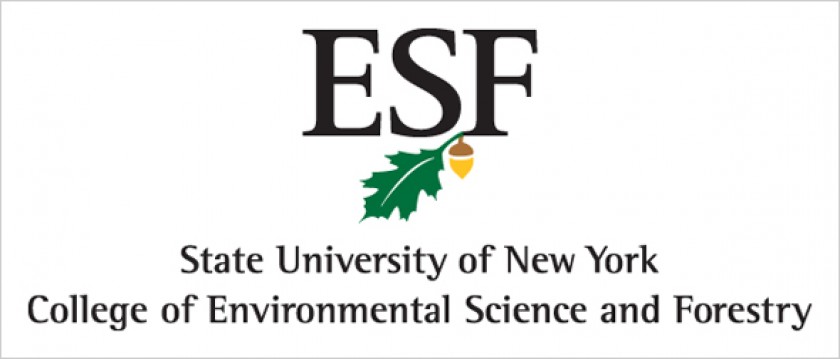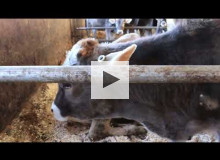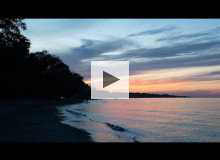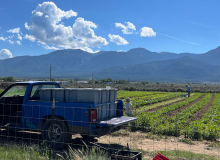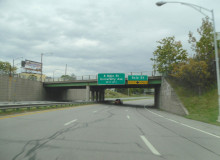ESF is unique among colleges and universities in that all of its educational and research programs are oriented toward natural resources, and toward the natural and designed environments. All that ESF is and does serves the mission of achieving a sustainable world. As a signer of the American College & University Presidents' Climate Commitment (ACUPCC), and member of the Association for the Advancement of Sustainability in Higher Education (AASHE), ESF is a core participant in large-scale cooperative efforts.
SUNY ESF is also home to the SUNY Center for Sustainable and Renewable Energy, a 64-campus research and development clearinghouse in the critical area of energy sufficiency and sustainability. The Center is presently conducting research in the following areas: renewable carbonate fuel cell operations, photovoltaic power generation, solar-fueled hydrogen generation, and others. Students are not only involved in University research, but have also founded student sustainability organizations, like the Green Campus Initiative, a club that has made SUNY ESF more bike-friendly, hosted an Earth Week, and cultivated an aerated composting program.

